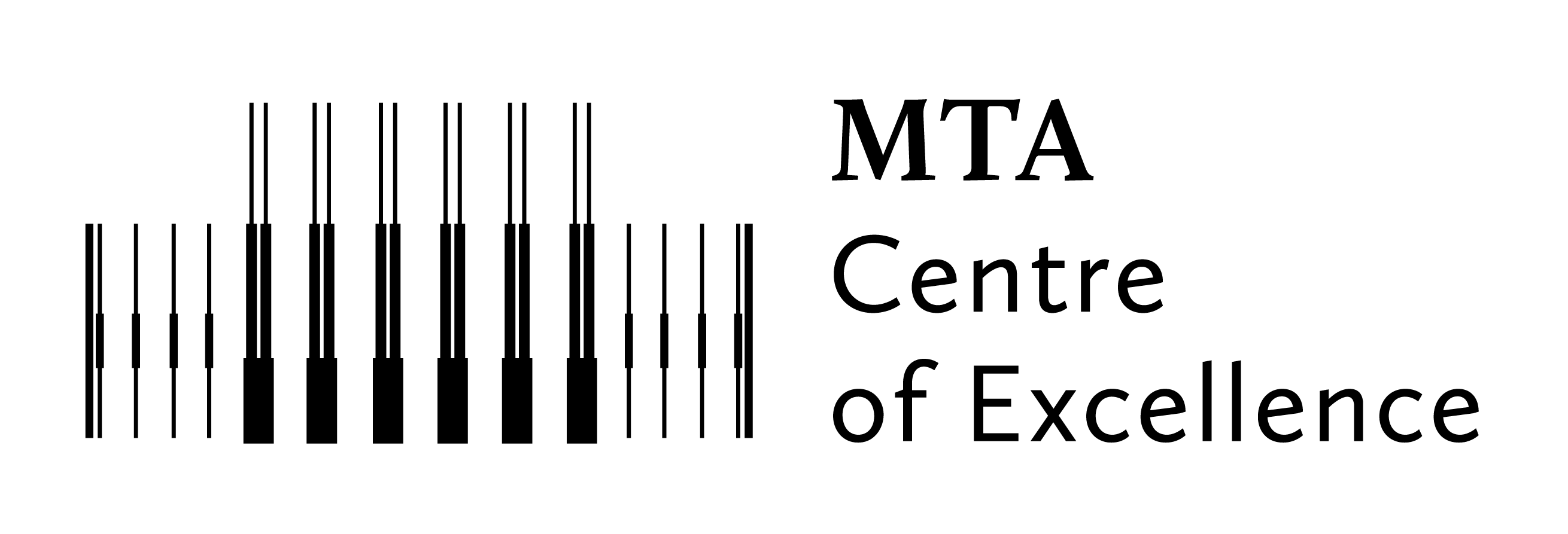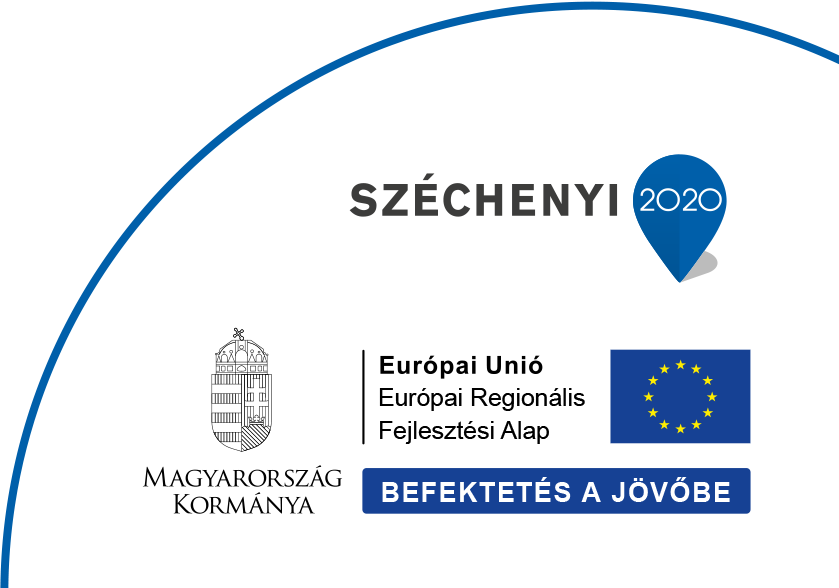Keith Murray, a Fulbright Scholar, has been conducting research at the HUN-REN Wigner Research Centre for Physics in Dr. Gergő Orbán’s Computational Systems Neuroscience Lab since September. This nine-month research period comes between completing his MEng at Massachusetts Institute of Technology (MIT) and starting his PhD at Princeton University. Keith's research focuses on developing mathematical models of how the brain processes visual information.

„In my current project, we're collaborating with some experimental neuroscientists back in the United States, at Rutgers University. They’ve collected a lot of data from mice performing visual tasks and our job is to make a mathematical framework, a theory, that explains what we see in the data, and to use this framework to make computational simulations and experimental predictions” said Keith.
Computational neuroscience
Computational neuroscience uses computational models and simulations to either explain the data experimenters see or propose novel theories of how the brain works. According to Keith „ On one hand, we’re working with data and developing methods to analyze this data. On the other hand, we’re working with math to develop a theory that explains what is in the data and why it might be there.”
Why Hungary?
Keith chose to continue his research in Hungary because of the unique theoretical approach used by Hungarian computational neuroscientists. "The researchers here use Bayesian inference to model the brain. There are really no other researchers in America who pursue this line of thought in neuroscience. I came to Hungary to try something different and learn about this unique view of the brain. In my current project, I’ve gotten to use a diverse set of computational tools that involve a lot of mathematics, such as statistical inference, probability theory, and linear algebra. Back at MIT, I studied a dynamical systems approach to neuroscience, and now I’m learning this Hungarian-Bayesian approach. In the future, I aim to integrate these two perspectives on the brain."
Impact
In general, computational neuroscience has a variety of practical applications, particularly in healthcare. There are many neuropsychiatric and neurodegenerative illnesses where computational neuroscience is making real strides in understanding these diseases and developing treatments.
Recently, another major area of impact for computational neuroscience is its connection to artificial intelligence (AI). Some researchers believe computational neuroscience can directly influence the development of new AI models, while others see it as a way to evaluate whether current AI methods resemble brain-like processes. „The modeling approach we use—hierarchical Bayesian inference—originates from the field of machine learning,” Keith said. „While it isn't widely used in AI right now (deep learning being the dominant approach), our findings could provide insights into how deep learning and hierarchical Bayesian inference could be combined to create more biologically-accurate and interpretable computer vision models.”
| The Fulbright Scholarship is a prestigious U.S. government program that provides funding for American students to study, teach, or conduct research abroad. Each year, Fulbright commissions in various countries select a limited number of students, offering them the opportunity for academic and cultural exchange. While many applicants choose well-known destinations like the UK or Germany, Keith Murray came to Hungary." Hungary is a fantastic place for research, where we receive a lot of attention and are encouraged to think outside the box. When people ask me, 'Why Hungary?' my answer is: 'Why not?" |



